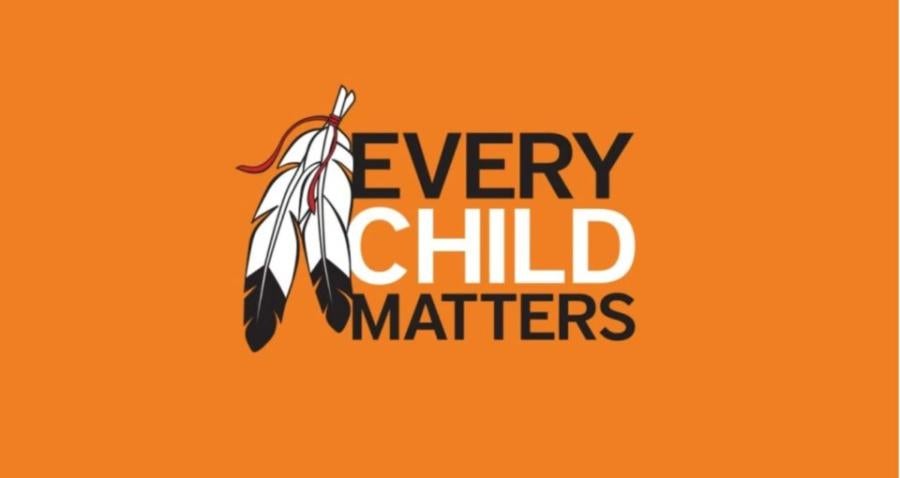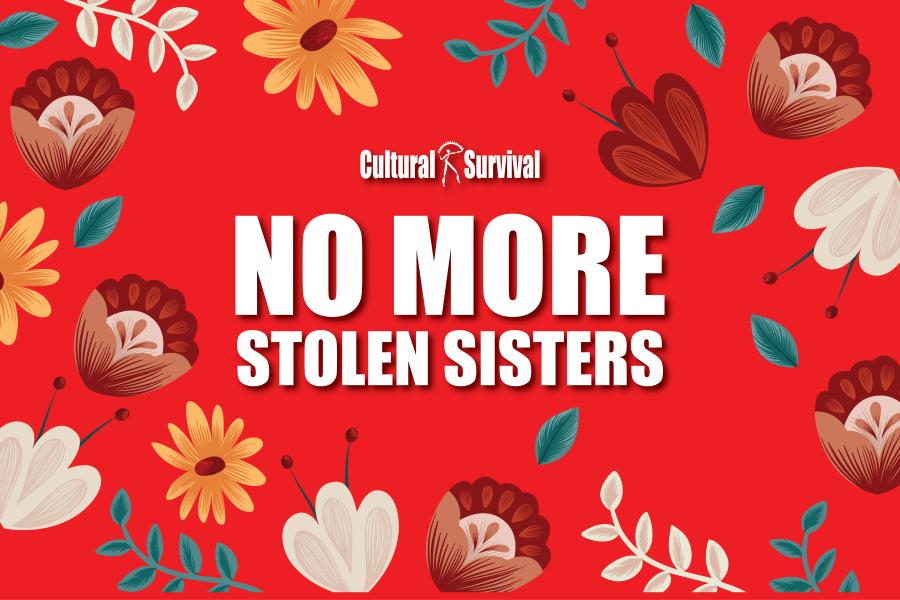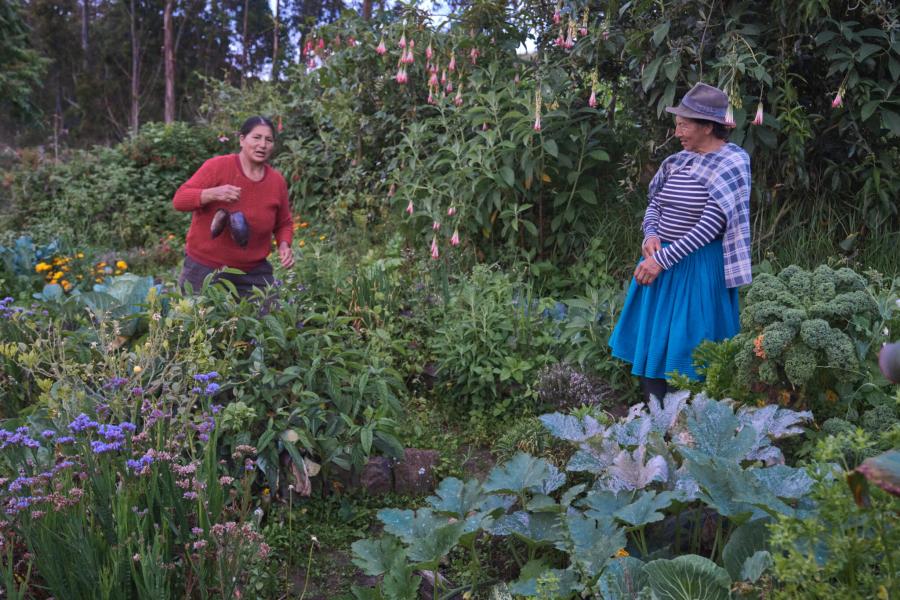Teaching Tradition
Each year our people, the Xáxl’ipmec (from Xáxl’ip), St’át’imc Nation, gather at Scet’ on the Fraser River in British Columbia to catch and dry sockeye salmon. Scet’ means “drop-off,” and the place has earned this name because the river drops about 10 feet at the rapids. Due to the conditions on the river, Scet’ is the ideal location to preserve salmon by drying it in the sun and wind. This technique has been passed on from generation to generation.
I came to the river every year as a child to watch and learn how to cwík’em from my parents. We spent a lot of the summer at the river, camping and fishing. These were the most exciting times of the year. Everyone was happy and greeted each other in such a way that just made you happy to be there. This year we had a lot of first time fish cutters at the river. I am glad that our younger generation is taking such an avid interest in “our way of life.” One of the sayings that I constantly hear from our elders is that, “We should not deny our children and grandchildren the right to know about our culture.” As long as I have younger family members that are willing to learn, I will continue to pass on what knowledge that I have gained through our elders and ancestors.
This year our niece Triscila joined us for the first time. We taught her how to cwík’em (cut salmon) to get it ready for drying. Triscila was excited and proud that she was learning how to cwík’em her own T’swan (wind-dried salmon). The most amazing thing about being at the river, she said, was that she could imagine her grandfather Papa Charlie and her Grandmother Charlotte learning how to cwík’em from their grandfathers at the same spot.
“Imagine,” she said, “that one day I will be teaching my son how to cwík’em here as well.”



